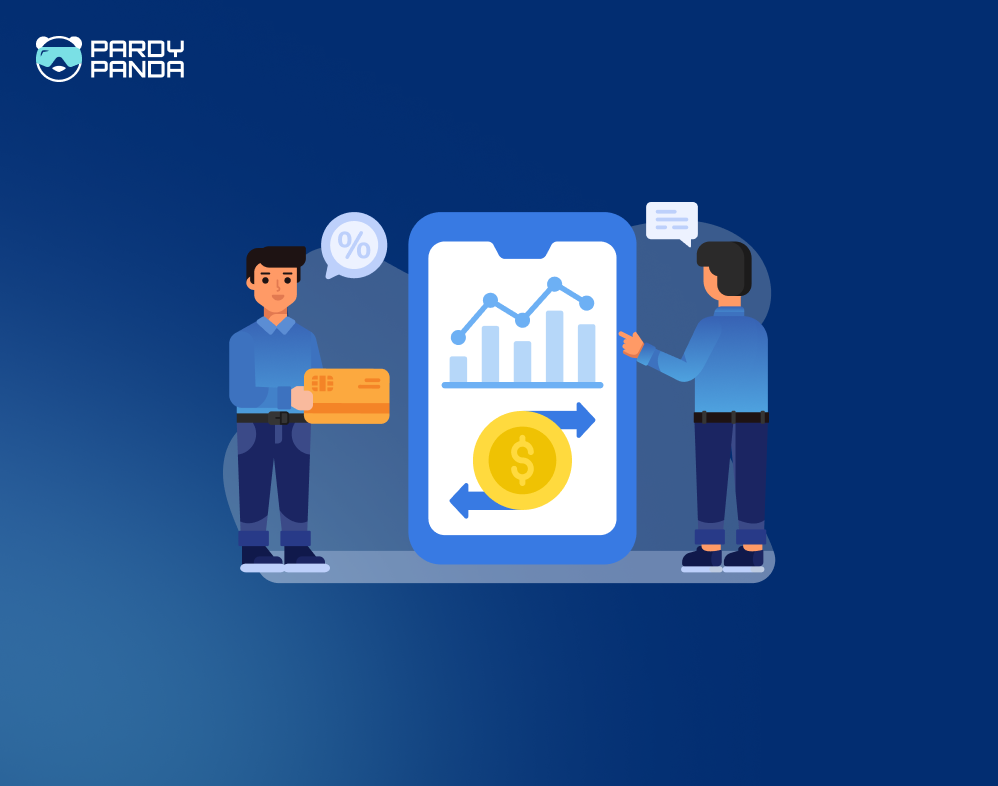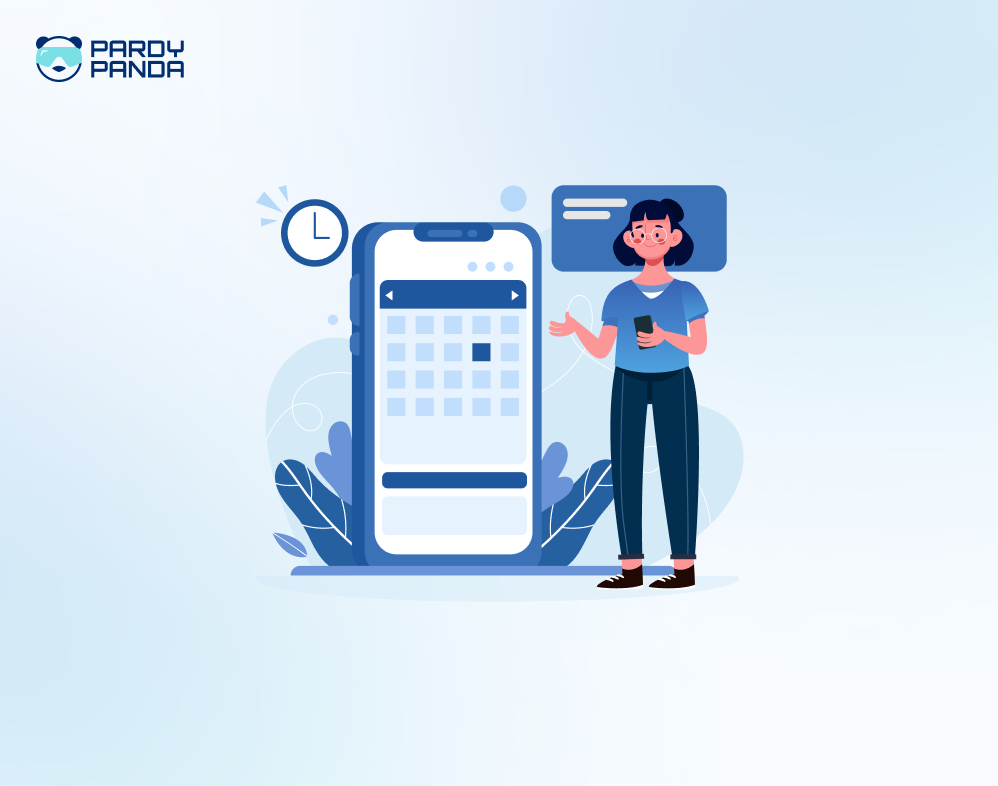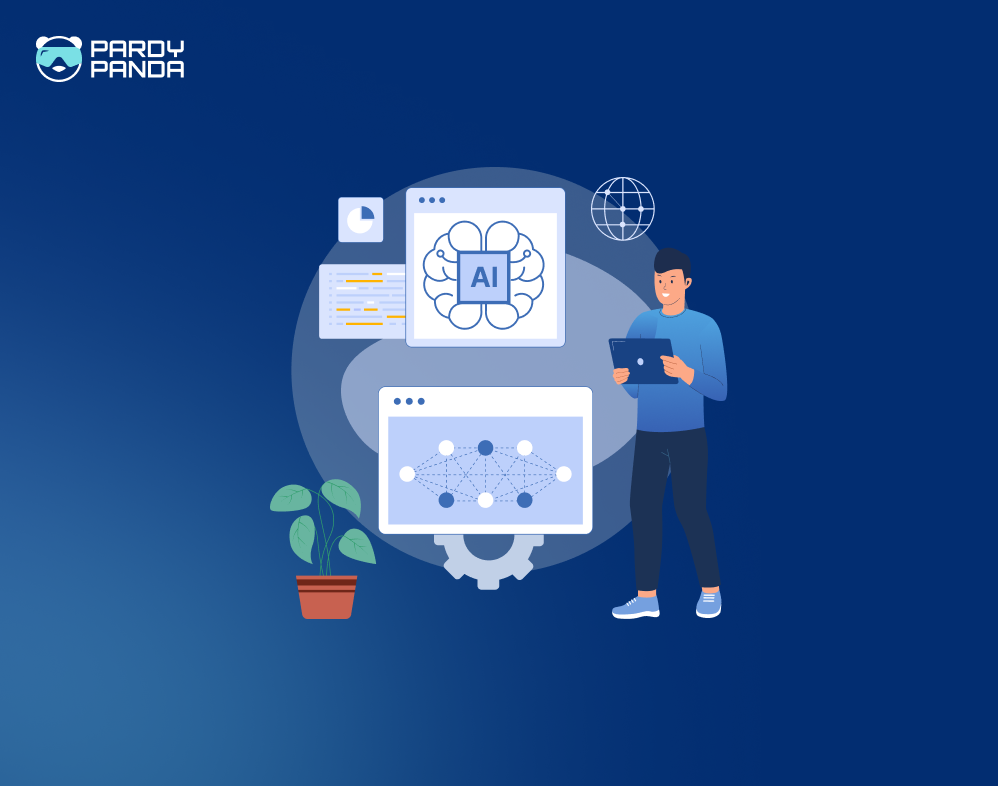When users experience a slow or laggy app, it directly affects engagement, reviews, and even revenue. Whether you're launching a new product or maintaining an existing one, performance issues can quietly damage your user experience.
This guide outlines the 12 most common reasons apps slow down, along with clear solutions and practical tips to help you design and develop apps that stay fast, smooth, and user-friendly.
Let’s get straight to it.
1. Your App Is Trying to Do Too Much
Problem: Too many features, too early = bloat and confusion.
Fix: Start small, scale later.
- Launch with only core features.
- Use lazy loading so features load only when needed.
- Audit and remove unused features regularly.
Tips:
- Dev: Keep your code modular so you can turn features off/on easily.
- Design: Avoid clutter. Clean UIs load faster and feel better.
2. It Depends Too Much on a Good Internet Connection
Problem: No signal = app becomes unusable.
Fix: Add offline support and smart caching.
- Cache data locally (e.g., with SQLite, Room, or IndexedDB).
- Handle poor connectivity with proper loaders and retries.
Tips:
- Dev: Use tools like SWR or React Query to manage fetch states.
- Design: Show friendly messages like “You’re offline, showing last saved data.”
3. Your Images and Videos Are Just... Too Big
Problem: Heavy media = slow app.
Fix: Compress everything.
- Use formats like WebP or AVIF.
- Optimize images with tools like TinyPNG or Cloudinary.
- Lazy-load images and videos.
Tips:
- Dev: Avoid loading media above-the-fold until it’s needed.
- Design: Use vector icons (SVGs) instead of PNGs wherever possible.
4. Unnecessary Re-renders Are Slowing Things Down
Problem: Your app redraws stuff even when it doesn’t need to.
Fix: Optimize rendering logic.
- Use memoization (like React.memo, useMemo, etc.).
- Break UI into smaller components that render independently.
Tips:
- Dev: Profile re-renders using tools like React DevTools or Flutter DevTools.
- Design: Avoid fancy animations unless they really add value.
5. It Takes Forever to Launch
Problem: You're loading everything upfront.
Fix: Only load what you need at startup.
- Delay non-essential features (like analytics, chat, etc.).
- Use splash screens smartly to improve perceived speed.
Tips:
- Dev: Use performance tracing tools like Firebase Performance or Flipper.
- Design: Keep splash screens light. Avoid large images or video intros.
6. Your Backend or Database Is Slowing You Down
Problem: Unoptimized APIs and messy database queries.
Fix: Clean them up.
- Add indexes, pagination, and query caching.
- Avoid n+1 problems or making 10 small API calls when 1 will do.
Tips:
- Dev: Use tools like Postman and New Relic to test and monitor performance.
- Design: Don’t show giant lists, paginate, or show “Load More” buttons.
7. You’re Not Tracking Performance Properly
Problem: You don’t know what’s slow.
Fix: Start monitoring everything.
- Use tools like Sentry, Datadog, or Firebase Performance.
- Log crashes, load times, and slow interactions.
Tips:
- Dev: Set up alerts for API latency or crash spikes.
- Design: Use error boundaries to catch problems gracefully.
8. You Have Memory Leaks
Problem: Your app is eating RAM and never giving it back.
Fix: Clean up after yourself.
- Unsubscribe from listeners and observers.
- Clear intervals, timeouts, and event handlers on unmount.
Tips:
- Dev: Use Xcode Instruments (iOS) or Android Profiler to track memory.
- Design: Don’t create unnecessarily long animations or videos.
9. It Doesn’t Work Well on Older Devices
Problem: Your app runs great on your phone, but lags on budget phones.
Fix: Test broadly.
- Optimize images, animations, and third-party code for low-end devices.
- Reduce heavy JS or unnecessary background activity.
Tips:
- Dev: Use emulators or real-device testing for older phones.
- Design: Avoid high-res images and heavy components on mobile.
10. You’re Running Too Many Background Tasks
Problem: Background syncs, GPS, or push notifications are killing performance.
Fix: Manage them better.
- Use background schedulers (WorkManager, Background Fetch).
- Don’t run updates unless necessary.
Tips:
- Dev: Profile background threads and avoid blocking the main thread.
- Design: Use subtle indicators when background tasks are active.
11. Some SDKs Are Slowing You Down
Problem: 3rd-party SDKs (like ads or analytics) can be heavy.
Fix: Audit and delay them.
- Only use what you need. Ditch the rest.
- Load SDKs after the UI is usable.
Tips:
- Dev: Lazy-load heavy SDKs (chat, payments, etc.) post-initial load.
- Design: Don’t depend on 3rd-party UI kits unless they’re proven fast.
12. You Didn’t Plan for Localisation
Problem: The app breaks or slows down in different languages or regions.
Fix: Make it global-friendly.
- Use proper string formatting and avoid hardcoded layouts.
- Optimize for languages that take more space (e.g. German, Hindi).
Tips:
- Dev: Use locale testing in CI/CD.
- Design: Always design for flexible layouts and RTL languages.
Quick Summary
Here’s a recap of what you can do to fix a slow app:
- Strip away bloat
- Compress assets
- Cache smartly
- Monitor performance
- Audit APIs and SDKs
- Profile devices regularly
- And always design with performance in mind from Day 1
Ready to Speed Up Your App and Keep Users Happy?
At Pardy Panda Studios, we specialize in building high-performance apps that not only look great but run fast, even at scale. Whether you're facing performance bottlenecks or planning to launch a new product, our expert team can help you identify issues, optimize speed, and improve user experience from day one.
Book a free consultation with our experts today, and let’s make your app faster, smoother, and ready for the future.





